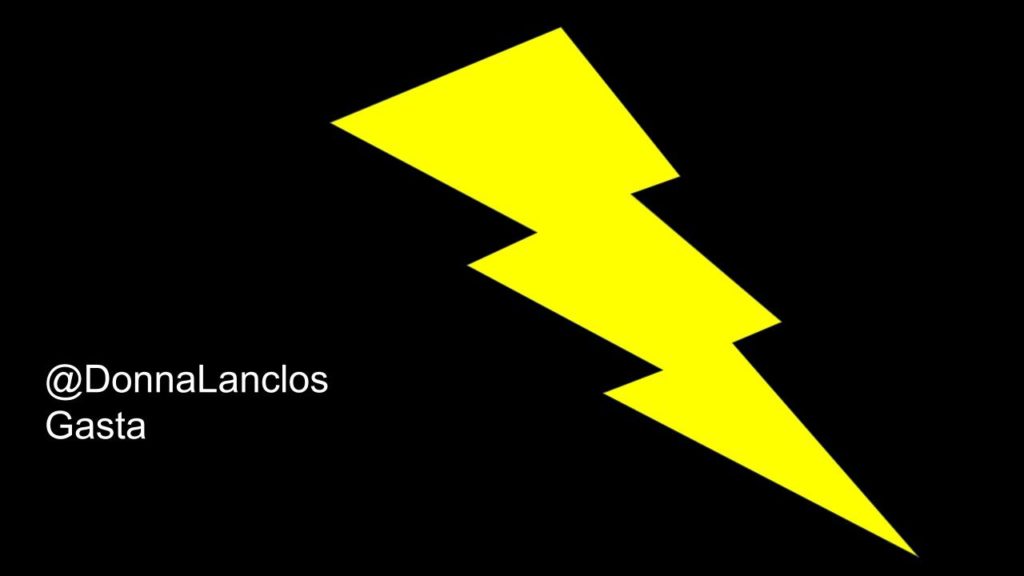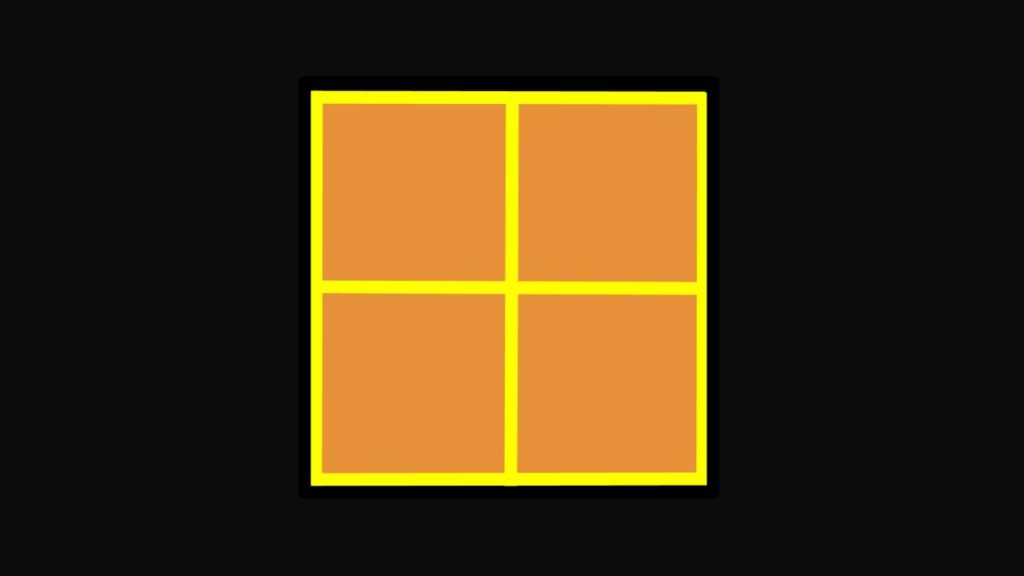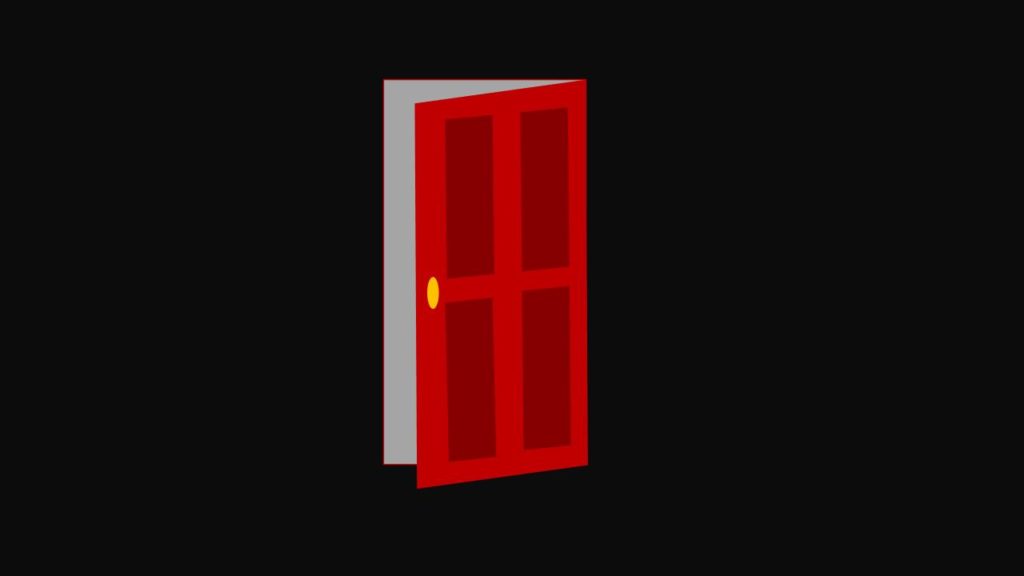|
Listen to this post
Getting your Trinity Audio player ready...
|
The annual conference for ALT was last week in Manchester, and I was there (among other more social reasons) to 1) see Dr. Tressie McMillan Cottom deliver the opening keynote, 2) to present on the recent research project that Lawrie Phipps and I are wrapping up for Jisc, and 3) to participate in a Gasta round, the lightning talks imported from the ILTA conference courtesy of Tom Farrelly of IT Tralee. When Dr. Maren Deepwell invited me to deliver a Gasta talk, I was reminded of the perfectly crafted Pecha Kucha talks I witnessed at the EPIC conference in 2014, and knew I wasn’t going to be able to swing that.
Fortunately Tom has envisioned Gasta (“lightning” in Irish) talks as somewhat more loose than Pecha Kucha. So, I thought I would start from a series of 5 images (one for each minute I had to talk), to ground me in what I wanted to say without scripting it out. I was remembering my extemporaneous speaking experiences in high school, on a speech and debate team, and what a fun challenge it was to know what I wanted to say without having completely planned how to say it.
So, that was my Gasta. A largely improvised 5 minute talk on what I want to see happen around reflections on digital practice and presence.
The entire Gasta session was recorded and is available for you to view here. My 5 minute piece starts at about the 29 minute mark.
This post is my attempt to capture what I said. Or, what I tried to say.
GASTA
I am not a learning technologist, I am an anthropologist. In the work that I get to do in the sector (while I am not of the sector) I am occasionally tasked to go in and talk to people about what they do when they go online, and why.
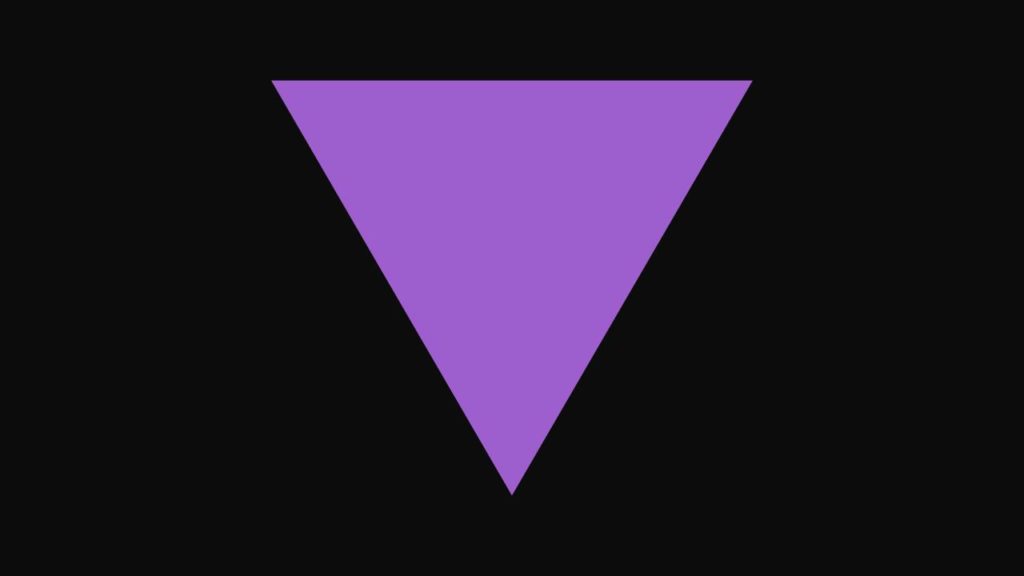 And early on, I was working within the framework of Visitors and Residents, in part because we thought it would give people a way to push back against the problematic framework of Natives and Immigrants, give them different ways of talking about themselves and their practice that were less damaging. What we found, though, was that people started to pigeonhole themselves in the different framework that we gave them, because they were still talking about identity, about who they were, rather than what they did. So, this triangle is our attempt to give people a way to center themselves within their practice, to map themselves within a framework that does not try to pigeonhole them.
And early on, I was working within the framework of Visitors and Residents, in part because we thought it would give people a way to push back against the problematic framework of Natives and Immigrants, give them different ways of talking about themselves and their practice that were less damaging. What we found, though, was that people started to pigeonhole themselves in the different framework that we gave them, because they were still talking about identity, about who they were, rather than what they did. So, this triangle is our attempt to give people a way to center themselves within their practice, to map themselves within a framework that does not try to pigeonhole them.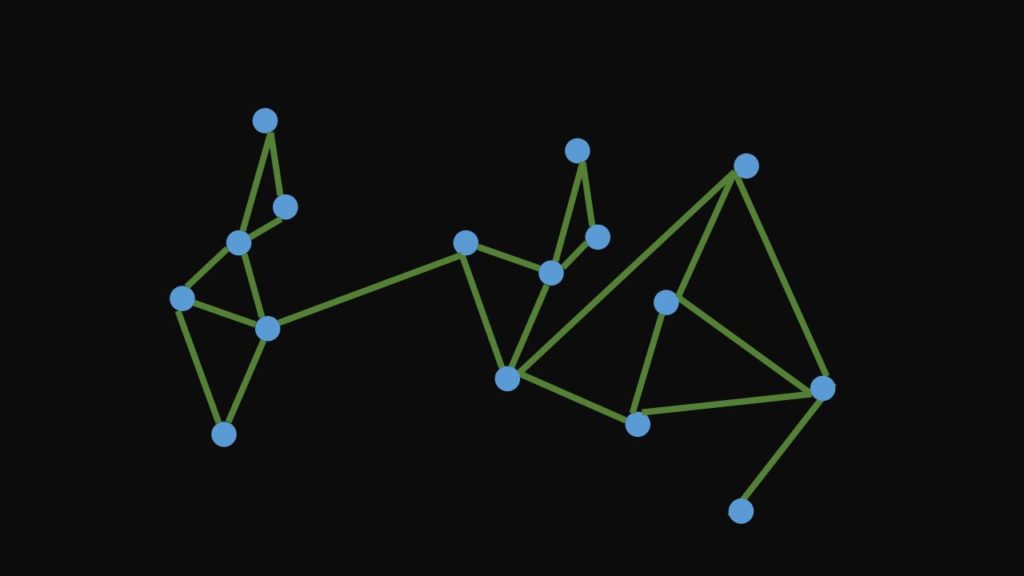
One thing that comes up when people talk about what they do online is that they very swiftly move to talking about the people among whom they do these things. We start off with practice, and all of a sudden we are talking about people. They talk about places they go online because there are certain people there, they talk about places they avoid online because there are certain people there. They are talking about networks, the networks they have, the networks they want to have, and the networks they avoid because they are toxic and do not serve them well. People don’t get enough of an opportunity to talk about this kind of thing. There’s too much emphasis on “What are you going to do? Where are you going to do it?” and not enough emphasis on “With whom are you going to do it, and why?”
The other thing that happens when we have people map their practices is that they talk a lot about visibility, they talk a lot about people who are “stars” on social media, the people they see all the time. “They shine so brightly, I see them all the time, so surely I know who that person is.” And, you might know some things, but you don’t know everything. You know what they show you, that doesn’t mean you know them. They make choices, and you see what they choose to show, but that is not the same thing as knowing. So when we talk about people’s practices, and when we talk about what people want to do, I think too often we get bogged down in concerns about “but who can see me” and “look at that person over there, aren’t they amazing.”
I want people to think about the intimacy of their practices, to think with people who care for them.
One of the things my mother and I do together, when we have the chance, is to walk together at dusk, and we can peer in other people’s windows, because they haven’t put their blinds down yet, and the lights are on, and we can see in, and be opinionated about whether we like their choice of sofa, or wall color, or furniture arrangements.
One of the exercises I have started doing with Lawrie Phipps (not yet in workshops, we’re still figuring it out offline) is based on an idea of a window, but instead of peering into the windows of strangers as my mother and I occasionally do, the idea here is that you invite people to your window, you open it so that others may see in. You invite people to talk to you about what they see of your practice, and not just what is visible, but what they are aware of because they know you. And you, in turn, can listen and learn from these people because you trust them to share with you what they really think, not just what you want to hear, because they care about you and will be kind even when they are disagreeing with you.
I don’t actually think a window is an adequate metaphor for what I’m trying to encourage people to do here. I’m trying to encourage people to leverage their intimate networks of people who care about them, not random workshops of people you have just met, who can google you and think they know you if you are visible. I want for you to talk with the people who you would want to invite into your home. Who are the people who are already in your network, how can you open a door to the people you want to hear from about your practice, what it means, what it means to you, what it means to them. How do we create the moments of reflection that come from a place of care, rather than from an abstracted notion of visibility and importance? How can we create places of reflection that feel like home?
